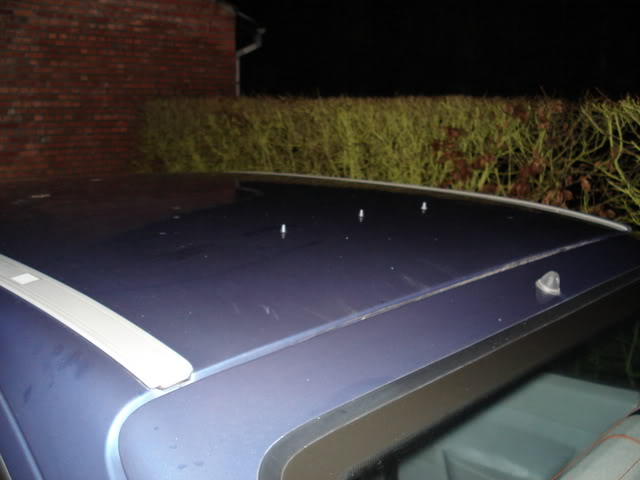Does anyone know the answer to this question:
What makes a wet surface dry faster? laminar , turbulent airflow, fast vs slow moveing air?
i while back i tried to better understand the airflow over my rear window by looking at what the raindrops did... i was never able to observe any clear pattern untill recent... i started with my entire rear window covered with a wet "mist" as i drove of at around 50 to 70 km/h i noticed the window started drying up according to a certain pattern. that has repeated itself over the past few days

the blue area indicates the wet surface, the white the dry area.
here's a picture of my rear roofline

the small cones in the center where part of a previous inconclusive experiment but they're no longer on, exept for the washer fluid nozzle.
the window seems to dry at the upper edges first and than expand down with a swirly pattern (starting at the top corners and going first inward and than down... looks like there's a vortex there). even more interesting is there's also a patch where the window starts to dry right in the middel. this patch seems to represent the wake the window washer spray cone.
finially it's interesting to note that no matter how bad it's raining, above a certain speed 40-50 km/h or so, no new drops seem to attach to the window, while hey imediately start to do so while the speed drops below that.
as far as i know when something dries the liquid is absorbed in the surrounding air so apparently something causes the air in these places to be more capable to absorb liquid (less dense -> moveing faster?)
basically what i'd like to know is wether these dry areas indicare a desirable effect from an aerodynamic point of view or rather indicate something that might cause drag. so i can either seek to expand or reduce this affect.... does that make sence? the fact that the washer cone has such an effect might moint in the direction of vortex generetors?